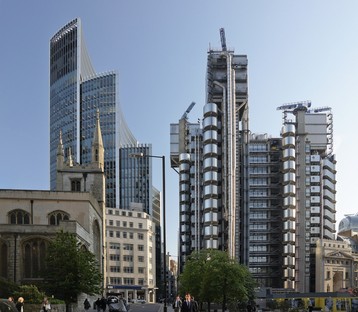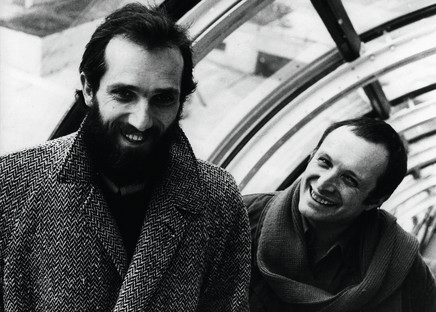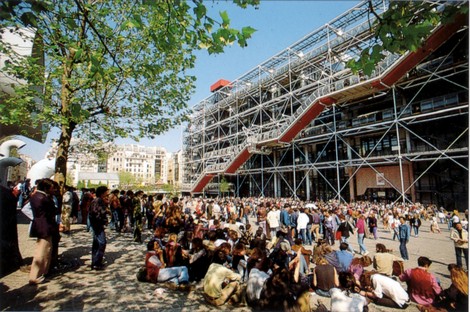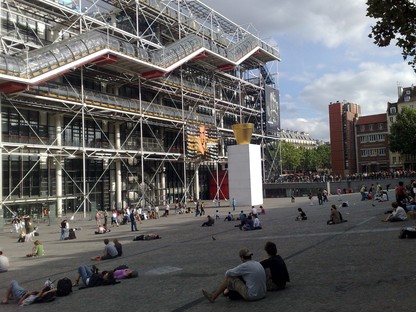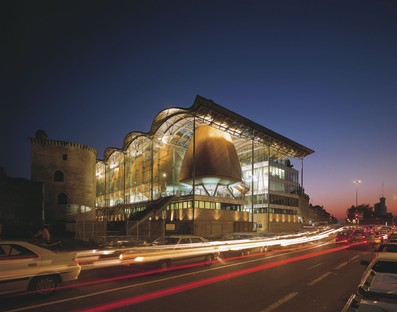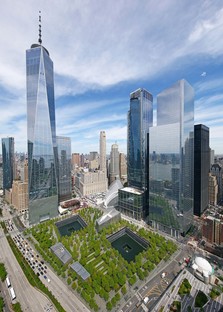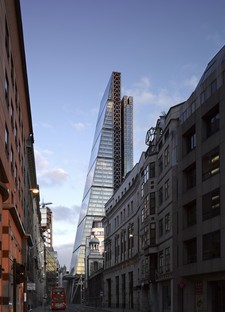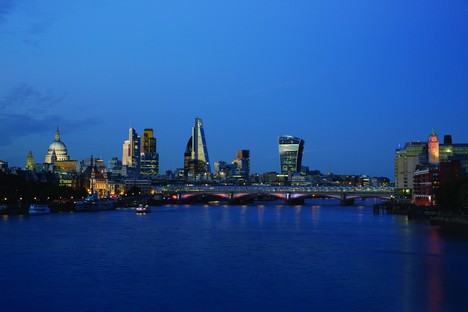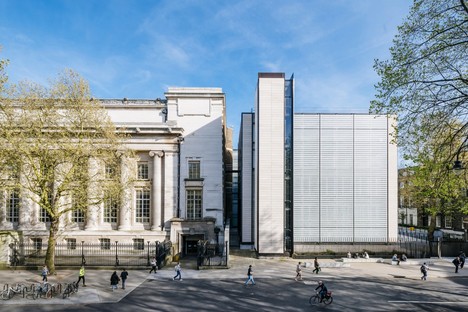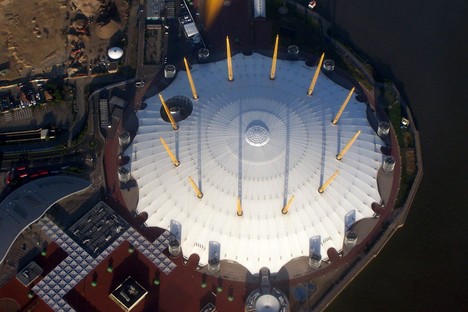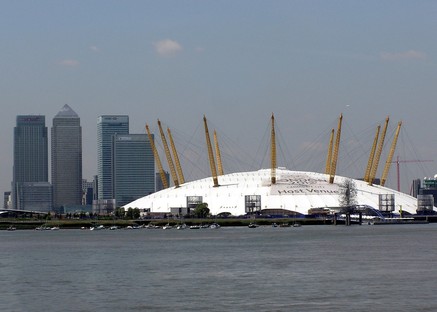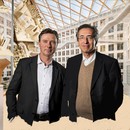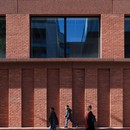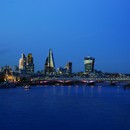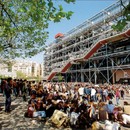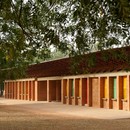
The world of architecture has lost another great master. Pritzker Prize winner in 2007, Riba Gold Medalist in 1985, Thomas Jefferson Memorial Foundation Medal winner in 1999, Praemium Imperiale winner in 2000, Golden Lion for Lifetime Achievement at La Biennale di Venezia in 2006 and AIA Gold Medal winner in 2019, Richard Rogers passed away on December 18. The Italo-British architect was 88, and his emblematic high-tech projects have profoundly altered the skyline of many of the world’s cities.
The official web page of Rogers Stirk Harbour + Partners, the studio which evolved out of the one the architect founded in 1978 under the name Richard Rogers Partnership, from which the architect retired in 2020, reports two quotations essential for understanding Richard Rogers, the man and the architect, the visionary, charismatic professional. First of all, his concept of architecture went beyond merely designing buildings, considering their social and political impact equally important: Rogers saw cities as made up of people, not buildings. " Cities are a stage where people perform and buildings are the sets that frame the performance. A place for all". The architect realised that what was important was not the buildings, but the life that went on between them. So it should be no surprise that he acted as advisor and consultant for urban development plans in a number of countries, and for authorities ranging from the British government for the Urban Task Force on the state and development of British cities to the mayors of London, Barcelona and other cities.
His multidisciplinary collective approach to architecture also includes the client, and is another key aspect of Rogers’ understanding of architecture and the profession of architect. As Rogers used to say: "Architecture is too complex to be solved by any one person. Collaboration lies at the heart of all my work. I enjoy the dynamic that flows when different disciplines, from sociology to mathematics, engineering to philosophy, come together to create solutions. This integration creates an ethos that best serves, and an aesthetic that best symbolises, the modern world. No-one is more integral to the clarity of a project that an enlightened client."
Richard Rogers, baron of Riverside, was Italo-British, born in 1933 in Florence. He went back to London with his family at the age of six, when the war broke out in 1939. Under the influence of a relation, his father’s cousin, Italian architect Ernesto Nathan Rogers, he studied first at the Architectural Association School of Architecture in London and then continuing in the United States, taking a master’s degree in architecture at Yale University in New Haven, Connecticut. His experience in the United States was very important to the architect, also for establishing a number of important relationships.
After his master’s degree he worked with Skidmore, Owings & Merrill (SOM), and upon returning to England, he founded Team 4 architectural studio with three professionals he met in Yale: his wife Susan (Su) Brumwell, Norman Foster and Foster’s wife Wendy Cheeseman, a partnership which ended in 1967. Between 1971 and 1978 Rogers worked in partnership with Italian architect Renzo Piano, after the two of them and Gianfranco Francini won the 1971 design contest for the Centre Pompidou in Paris, an iconic work that brought them international renown. A precursor of high-tech or inside-out architecture, the Centre Pompidou displays all its structural and mechanical parts on the outside. To this Rogers added more emblematic buildings such as Lloyd's of London, completed in 1986; the European Court of Human Rights in Strasburg in 1995, and the Millennium Dome (now The O2) on Greenwich peninsula, built between 1997 and 1999 for the celebrations of the turn of the millennium; more recent projects published in Floornature include the Macallan Distillery and Visitor Experience, shortlisted for the 2019 RIBA Stirling Prize.
(Agnese Bifulco)
Rogers Stirk Harbour + Partners https://www.rsh-p.com/
(01, 05, 11, 12) source Wikipedia, files are licensed under the Creative Commons Attribution-Share Alike 3.0 Unported license: Arpingstone (12), Colin (01), Debot (11), Thomas Roessler (05)
(02) Richard Rogers Portrait Images courtesy Rogers Stirk Harbour + Partners
(03) Renzo Piano and Richard Rogers © Archives Centre Pompidou
(06-10) Images courtesy Rogers Stirk Harbour + Partners and AIA, Richard Bryant (08-09), Christian Richters (06), Joas Souza (10), Joe Woolhead (07)










